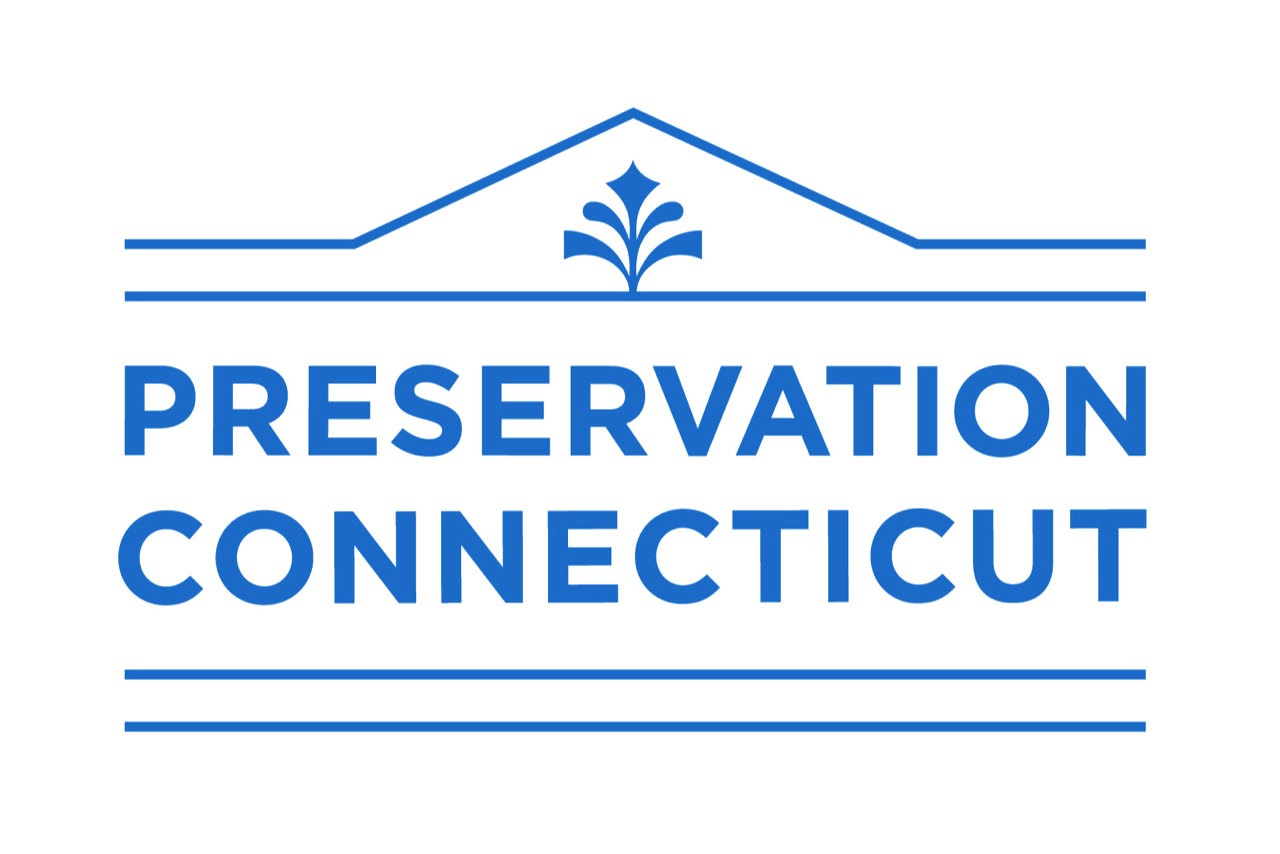Environmental Threats and Solutions
Over the past decade climate change and associated sea level rise have emerged as serious and immediate threats to the preservation of historic properties. As the science of climate change has advanced, patterns of projected change have become clear, and threats to historic resources are now a focus of public, private, and professional concern. Three distinct, but related, major categories of impacts to historic properties can be extrapolated from these findings.
Storm Events
There has been a steady increase in the severity and frequency of storm events resulting in the potential for substantial damage to and/or loss of historic properties. Resiliency planning, emergency operations protocols, disaster recovery protocols, and adaptation responses that fail to consider historic properties can pose unintended threats to historic resources. Existing programs, such as the National Flood Insurance Program (NFIP), can inadvertently operate as a disincentive to the preservation of historic buildings and structures.
Recovery and adaptation measures advanced under the Federal Emergency Management Agency (FEMA) often consider historic properties after an event through consultation on mitigation projects pursuant to federal historic preservation regulations (36 CFR 800). Proactive planning for historic resources is encouraged by FEMA through Hazard Mitigation Plans (HMPs), although federal and state agencies may differ on both the definition of significant historic resources and on the range of adaptation strategies appropriate to the long-term preservation of designated historic properties. Local resiliency plans require the active involvement and technical assistance of the professional preservation community to ensure that local historic resources are identified and considered.
In Connecticut, following Hurricane Sandy in 2011, efforts were made to develop proactive plans for documenting and protecting historic resources in the state’s most impacted communities. The State Historic Preservation Office provides resources for resiliency planning through the Hurricane Sandy Program on their website. Downloadable documents are available as well like Historic Resource Resilience Planning in Connecticut and Resilient Stewardship.
Sea Level Rise
Sea level rise has the potential to directly threaten nearly 9% of the state’s coastal National Register properties and many more that are not designated. Major threats associated with sea level rise are:
- resource inundation,
- loss or damage from increased storm surge
- loss of access and services related to disruptions to infrastructure including bridges, roads, and services
- loss of resources related to the implementation of abandonment as an adaptation measure.
Opportunities for increasing the resiliency of historic resources include:
- Structural adaptation measures, particularly those designed for community protection. These require the wide distribution of baseline resource data and its integration with data sets used in decision making.
- Technical assistance in appropriate preservation planning measures
- Resource-specific structural modifications such as elevation and/or adaptation of lower levels may be effective if they do not compromise the integrity of properties. A variety of other weatherproofing measures may also be considered. The life expectancy of the improvement should be factored into adaptation decisions.
To assist in this decision-making process, the National Park Service has published Guidelines on Flood Adaptation for Rehabilitating Historic Buildings. Whether the risk is from flooding or other natural phenomena, the Guidelines provide a framework that can be adapted for use in the planning, assessment, and evaluation of risks for other types of natural hazards as well as recommended and not recommended actions. Ten basic principles have been created to help preserve the distinctive character of a historic building and its site, while allowing for reasonable adaptations. These guidelines provide a framework, but currently all decisions related to the appropriateness of adaptation measures are handled at the state level through the SHPO office. As such, they should be the first point of contact.
Environmental Change
The third category of threat is associated with environmental changes that will impact the physical patterns of historic resources as self-contained systems over seasonal cycles. Threats include but are not limited to increased temperatures resulting in intensified thermal movement; changes in expansion and contraction rates associated with altered seasonal cycles; and an anticipated rise in invasive species, including vegetation, insects, biological, and microbiological agents, which all pose threats to historic resources. New and unexpected conditions that hasten deterioration are expected to worsen and will require increased intervention. Dealing with these environmental challenges means that historic buildings are more vulnerable to deterioration, but there are resources available to help private and public owners of historic buildings rehabilitate and maintain their buildings while incorporating sustainable practices. The National Park Service published Illustrated Guidelines on Sustainability for Rehabilitating Historic Buildings and the State Historic Preservation Office, along with the Connecticut Green Bank, published Energy Efficiency for Historic Houses.
Additional Resources
- Preservation Priorities Task Force: Sustainability & Climate Action
- National Park Service:
- Advisory Council on Historic Preservation: Sustainability and Climate Change
